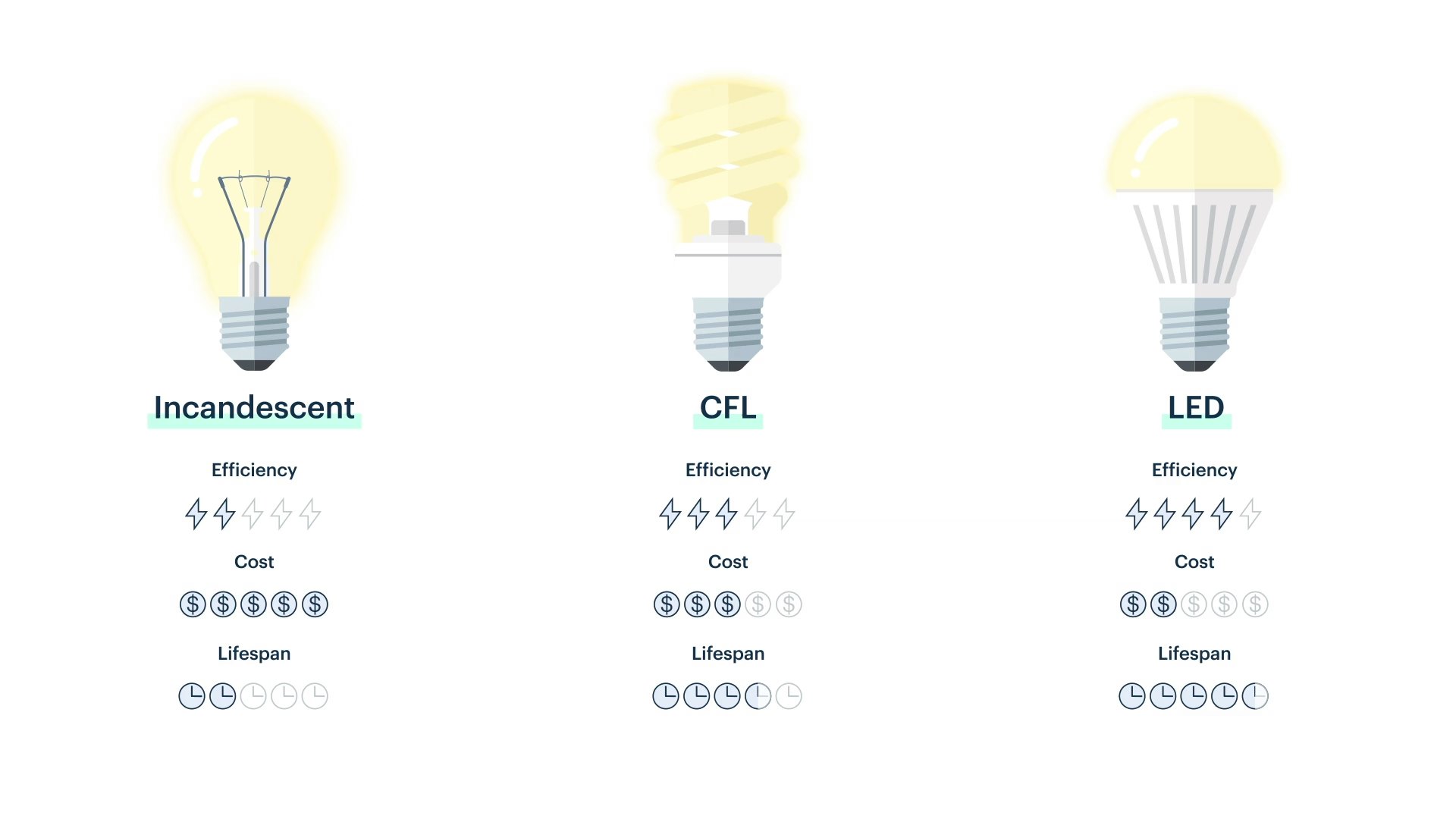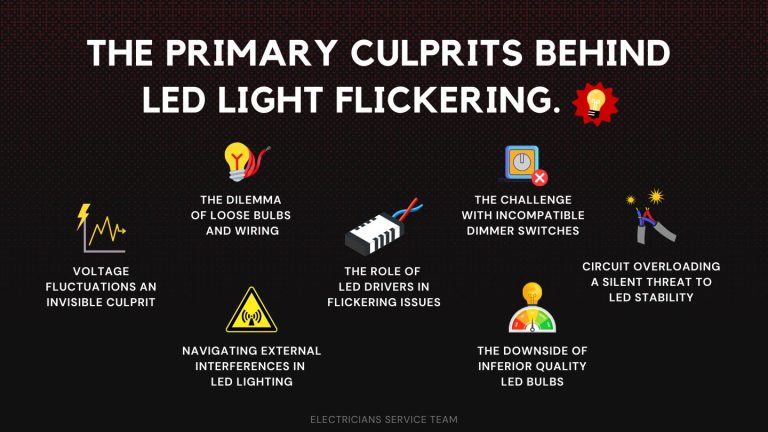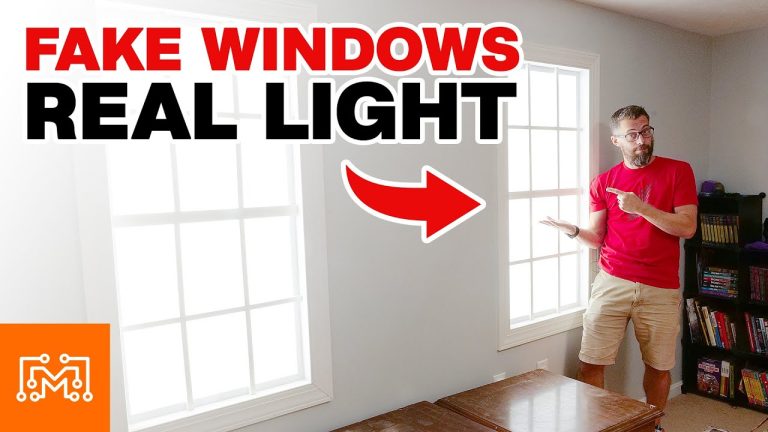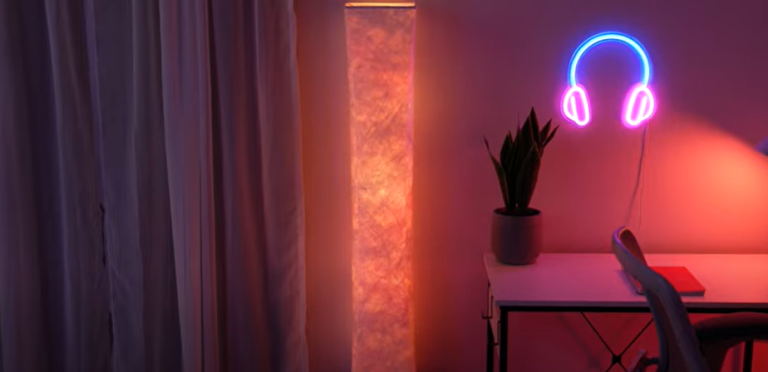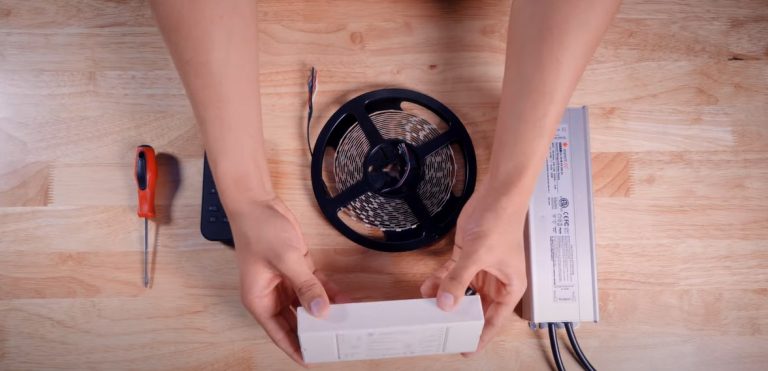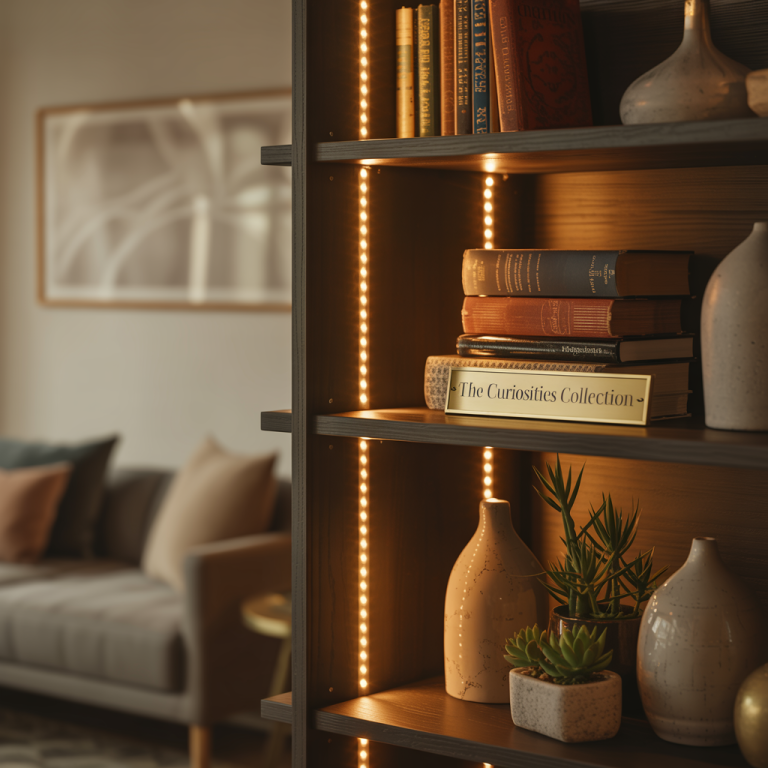How Long Do LED Light Bulbs Last? Discover the Truth
How long do LED light bulbs last? LED light bulbs typically last between 15,000 to 50,000 hours, depending on the quality and usage. This means they can function for up to 17 years with average daily use of 8 hours. Their long lifespan makes them a cost-effective and energy-efficient lighting option compared to traditional bulbs.
If you’re tired of constantly replacing traditional bulbs, it’s time to explore the longevity of LED light bulbs. You might be wondering just how long these modern marvels can last. The answer could surprise you and change the way you light up your life.
With LED bulbs promising extended lifespans, you can save money, time, and energy. Why keep dealing with burnt-out bulbs when you can have a lighting solution that stands the test of time? Dive into this article to discover the secrets behind LED longevity and learn how they can transform your home or workspace. Your lighting future is brighter than ever!
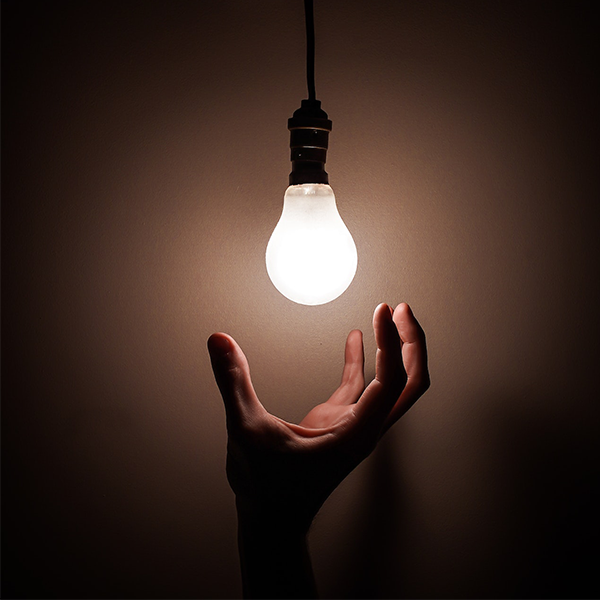
Credit: www.livecopper.co.za
How Long Do LED Light Bulbs Last?
Lifespan Of Led Bulbs
LED bulbs last up to 25,000 hours, much longer than traditional bulbs. This longevity saves money and reduces the need for frequent replacements. Ideal for both homes and businesses, LED lights provide consistent and energy-efficient lighting.
The lifespan of LED bulbs is a topic that often sparks curiosity. With advancements in technology, LED bulbs have become a popular choice for many households and businesses. But how long do they actually last? Understanding their lifespan can help you make informed decisions about your lighting needs.
Read More: How to Dispose of LED Light Bulbs: Easy Eco Tips
What Is The Average Lifespan Of An Led Bulb?
An LED bulb typically lasts between 15,000 to 50,000 hours. That’s significantly longer than traditional incandescent bulbs, which usually last around 1,000 hours. Imagine not having to change a light bulb for years on end. It’s both convenient and cost-effective.
Factors Affecting Led Bulb Lifespan
Several factors can influence how long your LED bulbs last. Quality plays a major role. High-quality LED bulbs from reputable brands tend to last longer. Environmental conditions matter too. Excessive heat can shorten their lifespan. Consider where you place your bulbs to maximize their longevity.
Do Led Bulbs Really Last That Long?
You might wonder if LED bulbs truly reach the upper end of their lifespan. In many cases, they do. I once had an LED bulb in my living room that lasted over eight years before needing a replacement. It was a pleasant surprise and a testament to their durability. Have you experienced a similar scenario?
How To Maximize The Lifespan Of Your Led Bulbs
To get the most out of your LED bulbs, follow some simple tips. Ensure proper installation and avoid using them in enclosed fixtures without proper ventilation. Regularly clean the bulbs to prevent dust build-up, which can trap heat. These small actions can make a significant difference.
Read More: Are Led Lights Bad for You? Discover the Truth
Comparing Led Bulbs To Other Lighting Options
LED bulbs outshine other lighting options in terms of longevity. CFLs typically last around 8,000 hours, while halogens last about 2,000. It’s clear why LEDs are gaining popularity. They not only save you money in the long run but also reduce the hassle of frequent replacements.
Thinking about switching to LED bulbs? Their impressive lifespan and energy efficiency make them a smart choice for any setting. How much time and money could you save by making the switch today?

Credit: www.modern.place
Factors Affecting Longevity
LED light bulbs are known for their long lifespan. But several factors can affect how long they last. Understanding these factors can help you get the most out of your LED bulbs. Let’s explore the key elements that influence LED longevity.
1. Quality of the LED Bulb
The quality of an LED bulb is crucial. High-quality bulbs last longer. They are made with better materials and advanced technology. Low-quality bulbs might fail sooner.
2. Operating Environment
LEDs work best in cool environments. Excessive heat can shorten their lifespan. Ensure they have proper ventilation. Avoid placing them in sealed fixtures.
3. Frequency of Use
How often you use an LED affects its lifespan. Constant usage can wear them down. Turn off lights when not needed to extend their life.
4. Voltage Fluctuations
Sudden changes in voltage can harm LEDs. They are sensitive to power surges. Use surge protectors to safeguard them.
5. Manufacturer Specifications
Check the manufacturer’s specifications. They provide guidance on expected lifespan. Follow usage guidelines for best results.
6. Installation Position
The position of the LED can affect its life. Install them properly for optimal performance. Incorrect positions may lead to overheating.
Comparing Leds To Traditional Bulbs
Understanding the lifespan of light bulbs can save you money. LED bulbs are popular for their longevity. Traditional bulbs are less efficient and need frequent replacement. This makes them less economical over time.
Choosing between LEDs and traditional bulbs affects energy consumption. It also impacts the frequency of bulb replacements. Let’s explore the differences between these two types of bulbs.
Efficiency And Energy Consumption
LEDs use less electricity than traditional bulbs. This makes them energy-efficient. Lower energy consumption means reduced electricity bills. Traditional bulbs waste energy as heat. LEDs convert more energy into light. This results in significant savings over time.
Lifespan And Durability
LED bulbs last longer than traditional ones. They can last up to 25,000 hours. Traditional bulbs may only last around 1,000 hours. This means fewer replacements with LEDs. LEDs are also more durable. They resist breakage and are less fragile.
Environmental Impact
LEDs are eco-friendly. They contain no toxic materials. Traditional bulbs often contain harmful substances. These substances can harm the environment. LEDs also reduce carbon emissions. This makes them a greener option.
Initial Cost Vs. Long-term Savings
LEDs cost more upfront. But they save money over time. Their long lifespan and efficiency reduce long-term costs. Traditional bulbs are cheaper initially. Yet, frequent replacements increase long-term expenses.
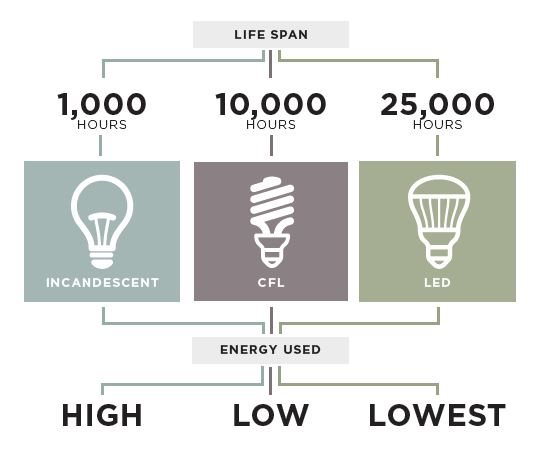
Credit: www.lampsplus.com
Signs Your Led Bulb Needs Replacement
LED bulbs can last up to 25,000 hours, but flickering or dimming signals a need for replacement. Buzzing sounds or color changes also indicate it’s time for a new bulb. Regular checks ensure optimal lighting and energy efficiency.
LED light bulbs are lauded for their long lifespan, often lasting several years. However, even the most durable LED bulbs eventually need replacement. Recognizing the signs of a failing LED bulb can save you from unexpected darkness or poor lighting in your home. Let’s explore some key indicators that your LED bulb might be nearing the end of its life.
1. Flickering Light
If your LED bulb starts flickering, it might be time for a change. Flickering can be annoying and strain your eyes. It often suggests that the bulb’s internal components are deteriorating.
2. Diminished Brightness
Notice your room getting dimmer lately? An LED bulb losing its brightness is a telltale sign of age. A bulb that doesn’t shine as brightly as it used to might be on its last legs.
3. Color Shifts
Have you spotted unusual color changes in your LED light? A shift to a different hue or color temperature can indicate that your bulb is aging. This can affect the ambiance of your room significantly.
4. Delayed Illumination
If your LED bulb takes longer to light up after flipping the switch, it could mean it’s time to replace it. This delay can be a sign of wear and tear in the bulb’s electronics.
5. Increased Heat
Feel any unusual warmth from your LED bulb? LEDs are known for staying cool, so excessive heat could signal a problem. This can be a sign of internal failure and a cue to get a new bulb.
LED light bulbs are an investment that pays off in the long run. By catching these signs early, you can maintain optimal lighting in your home and avoid the inconvenience of an unexpected bulb burnout. Do any of these issues sound familiar in your home? It might be time to check your LED bulbs for replacements.
Maximizing Led Bulb Lifespan
LED light bulbs are known for their impressive lifespan. Many people switch to LEDs for their longevity. But how can you make them last even longer? Understanding proper usage and maintenance is key. In this section, we’ll explore ways to maximize your LED bulb’s lifespan.
Proper Installation
Ensure bulbs fit well in their sockets. Loose fitting can cause flickering. Flickering affects the bulb’s lifespan. A stable connection is essential for durability. Make sure to use compatible fixtures. This prevents damage and ensures efficiency.
Maintain Appropriate Temperature
LEDs perform best in cool environments. High temperatures shorten their lifespan. Avoid placing bulbs in closed fixtures. Poor ventilation can lead to overheating. Ensure your bulbs have room to breathe.
Regular Cleaning
Dust and dirt reduce light output. Clean bulbs gently with a soft cloth. Avoid harsh chemicals during cleaning. Regular maintenance keeps bulbs shining bright. This also extends their lifespan.
Avoid Frequent Switching
Switching bulbs on and off frequently can reduce lifespan. Allow bulbs to cool before turning them off. This minimizes stress on their components. Use dimmers to adjust brightness instead.
Use Quality Bulbs
Invest in reputable brands for your LEDs. Quality bulbs last longer and are more reliable. Read reviews and check warranties before purchasing. Proper research ensures you buy the best product.
Frequently Asked Questions
What Is The Lifespan Of An Led Bulb?
LED bulbs typically last between 15,000 to 50,000 hours. Lifespan varies with usage and quality. They offer efficient energy consumption and durability. Replacing them less frequently saves money over time. Choose high-quality LED bulbs for longer life and optimal performance.
Why Do My Led Lights Burn Out So Fast?
LED lights burn out quickly due to poor quality, overheating, or incorrect voltage. Ensure proper installation and ventilation. Choose high-quality brands for longer lifespan. Avoid frequent on-off cycles, which can reduce their longevity. Check for compatibility with dimmers to prevent premature failure.
How Often Do You Need To Replace Led Bulbs?
Replace LED bulbs every 10-20 years, depending on usage and quality. They last up to 50,000 hours. Regularly check for dimming or flickering signs. Choose high-quality bulbs for longer lifespan and energy efficiency.
How Can You Tell When A Led Bulb Is Bad?
A LED bulb is bad if it flickers, doesn’t light up, or emits a dim or inconsistent glow. Check for any visible damage or discoloration. A buzzing sound can also indicate a problem. Replace the bulb if these issues persist to ensure safety and efficiency.
How Long Do Led Bulbs Typically Last?
LED bulbs can last up to 25,000 hours. That’s about 25 times longer than incandescent bulbs.
Conclusion
LED light bulbs offer long-lasting brightness. Most last around 25,000 hours. This means years of use before replacement. Energy efficiency saves money on bills. They provide consistent lighting without flickering. These bulbs suit homes and offices well. Choosing LED lights is a smart decision.
They reduce waste and maintenance costs. Plus, they come in different shapes and sizes. Consider LED bulbs for reliable lighting. Enjoy their benefits and longevity. Upgrade your lighting with LED technology today. It’s a great way to enhance your space.
Switch to LEDs for a brighter future.

